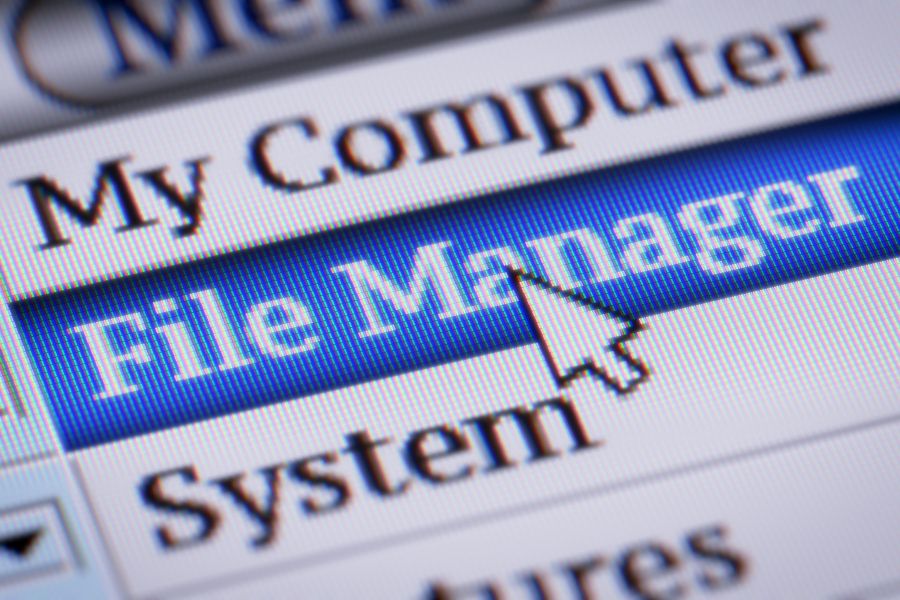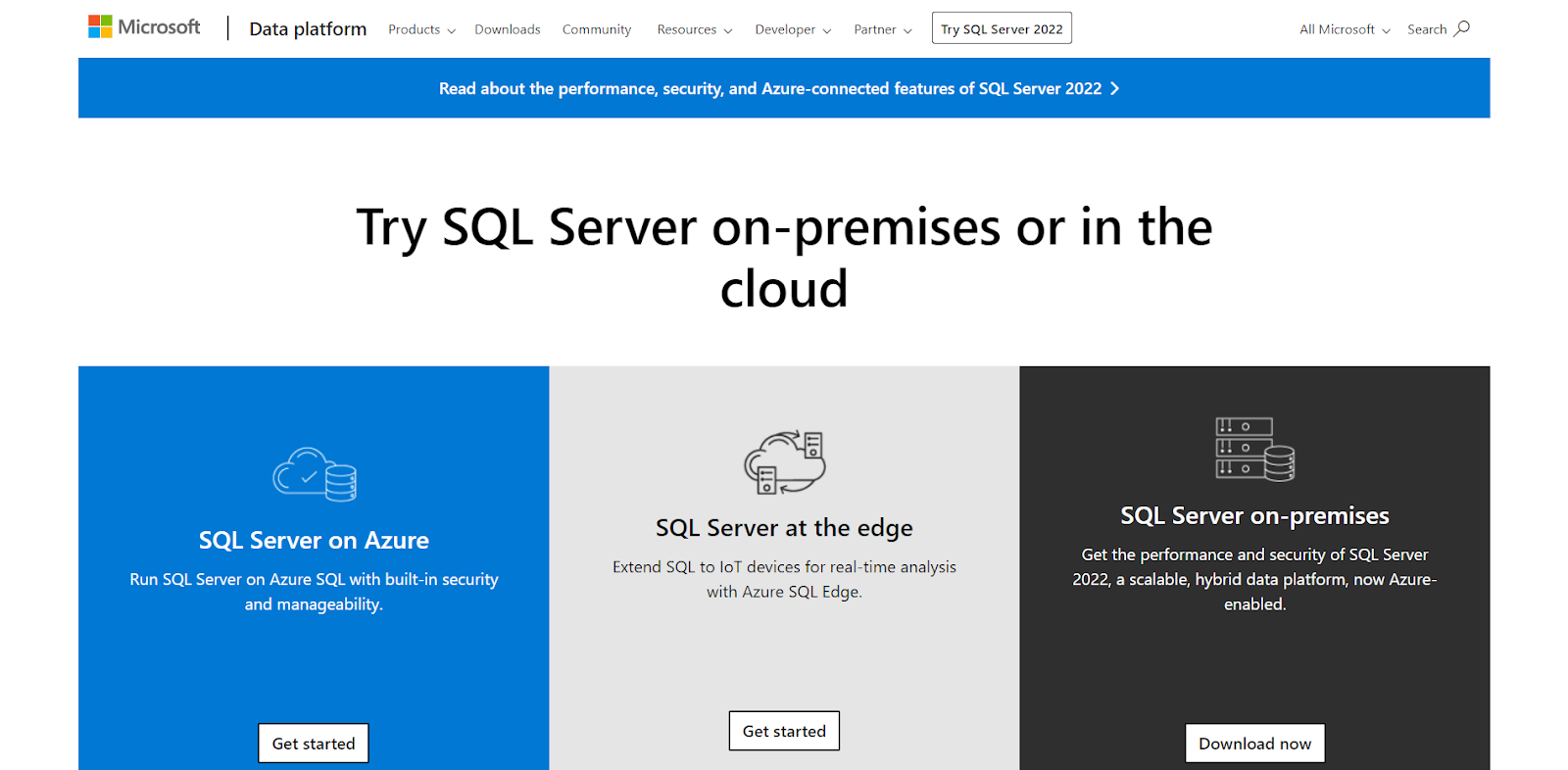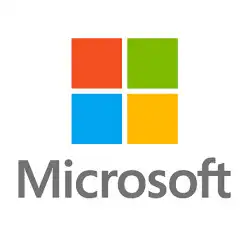File management is crucial for the efficiency and organization of both personal and professional digital environments. But what exactly is file management, and why is it so important? This guide will answer the most frequently asked questions (FAQs) about file management systems, providing a clear definition and exploring the benefits of file management.
Whether you’re dealing with a small set of files or managing extensive databases, understanding why file management is so important can significantly impact your workflow and overall productivity. Let’s delve into some common questions and discover how a robust file management system can benefit you.
What Is a File Management System?

A file management system is a software that helps users store, organize, and access their files in a structured way. The importance of file management cannot be overstated—it ensures that files are easy to find, reduces the risk of data loss, and enhances productivity. One of the key benefits of file management is that it allows for a more streamlined workflow, making it easier to schedule tasks and manage documents efficiently.
Businesses use file document management systems, which are also called “file managers,” to store, organize, find, track, and manage data. This could be a text file, an image, a video, an animation, a contract, or any other type of digital asset.
When it comes to keeping track of essential company papers, the best online file management software systems are safer. It is easier to use than paper documents or physical filing systems.
What Is The Purpose Of A File Management System?

A File Management System (FMS) stores, organizes and finds electronic files quickly and easily. FMS is a piece of software that lets people manage and change electronic documents on a computer or network. It allows users to make, delete, move, copy, and edit files and folders and control who can see what.
The most important goals of an FMS are:
To Organize Files
An FMS lets users organize files into folders, subfolders, and categories, which makes it easy to find and open files quickly and easily.
To Make Sure Data Is Correct
An FMS manages file permissions and access rights so that only authorized users can read, change, or delete files.
To Make the Best Use of Storage Space
An FMS can compress files, remove duplicate files, and store no longer-needed files.
To Improve Collaboration
An FMS makes working together easier by letting multiple users access files simultaneously. You can do it by providing version control to keep track of file changes.
Overall, the goal of a file management system (FMS) is to improve productivity and efficiency by making file management more accessible and more secure.
What Are File Management System Examples?

File management systems are software programs that help users organize, store, and manage digital files. Here are a few examples of a document management system:
- Windows Explorer, also called File Explorer, is the file manager that comes with Windows.
- macOS Finder is the file manager that comes with macOS systems.
- Dropbox is a system for managing files in the cloud that lets users store, share, and work together on files.
- Google Drive is a system for managing files in the cloud that lets users store, allows file sharing, and work together on files.
- Adobe Bridge is a way for creative professionals working with multimedia files to organize them.
What Are The 3 Basic Types Of File Management?

The three basic types of file management are:
Manual File Management
This traditional method involves physically organizing and storing documents in file cabinets, folders, and binders. Each document is labeled and filed according to a specific system, such as alphabetical, numerical, or category. Manual file management is common in settings where digital access is limited or for preserving original paper documents.
Electronic File Management
Electronic file management systems (EFMS) are software solutions that allow users to create, store, organize, and retrieve digital files on computers or servers. These systems offer various features such as search functions, metadata tagging, and hierarchical folder structures. Examples include Windows File Explorer, macOS Finder, and other dedicated file management software like Google Drive or Dropbox.
Content Management Systems (CMS)
A CMS is a more advanced type of file management system designed to manage digital content, often for websites and large organizations. It allows users to create, edit, organize, and publish content from a central interface. Examples of CMS include WordPress, Drupal, and Joomla. These systems offer robust file management capabilities, including version control, user permissions, and workflow automation.
Each type of file management system serves different needs and environments, from simple physical storage to complex digital content management.
What Are the Main Ways to Manage File Management?

The three main ways to manage file management are:
Organizing Files by Hierarchical Structure
This method involves creating a structured system of folders and subfolders to categorize and store files. The hierarchy should be intuitive and logical, allowing users to easily navigate and find files based on their categories.
For example, you might organize files by project, department, or date. Using clear and consistent naming conventions for folders and files is essential for maintaining an efficient hierarchical structure.
Using Metadata and Tagging
Metadata and tagging provide additional information about files, such as author, date created, keywords, and descriptions. This method allows for more flexible and dynamic organization since files can be tagged with multiple keywords, making them easier to search and retrieve.
Metadata can be added manually or automatically, and tagging systems can be implemented in various file management software solutions, enhancing the ability to filter and locate files quickly.
Implementing a File Management Software/System
Utilizing dedicated file management software or systems can significantly enhance file organization, storage, and retrieval processes. These systems often include features such as search functionality, version control, access permissions, and integration with other tools and applications.
Examples include Document Management Systems (DMS) like SharePoint, Google Drive, and Dropbox, which provide comprehensive solutions for managing digital files efficiently. These systems help automate workflows, ensure compliance, and improve collaboration among team members.
By adopting these methods, individuals and organizations can effectively manage their files, leading to improved productivity, better data organization, and easier access to important information.
What Is Basic File Management?

Essential file management is the most basic way to take care store documents and directories on a computer. It involves making files and folders, naming them, moving, copying, and deleting files. It also means putting them in a way that makes sense and works well. The point of essential file management is to make it easy for users to find and open their files.
Then, ensure the data is stored safely and regularly backed up. Essential file management also includes setting permissions and access rights on files and folders. This keeps people from changing important information.
They can keep people from getting in who shouldn’t be able to. A sound file management system will help you work on business processes faster and make fewer mistakes. You can do this with software for managing files. They have tools for the operating system and best practices for organizing files and what to call them.
What Are The Main Components Of File Management?

File management is putting files in order, storing them, and getting them out again. File management has three main parts: organizing files, storing files and getting files when you need them.
Each of these parts is important to ensure files can be found and used when needed. Organizing files with document management software is setting up a way to store and find files.
The main components of file management are:
File system
The file system is the underlying structure that controls how files are stored and organized on a storage device. Examples are hard drive, flash drive, or network drives. It gives the operating system and user applications a set of rules for writing, reading, and accessing files.
File manager
The file manager is part of the user interface that lets people work with the file system. It gives you tools and utilities to create, move, copy, rename, delete, and reorganize files and directories. You can also search, sort, and filter files based on different criteria.
File attributes
Are information about a file, like its name, size, date created, date last changed, file type, permissions, and so on. They tell you about the file and how to get to it, change it, or share it.
Backup and recovery
Tools for backup and recovery are essential parts of file management. They make sure that data is safe and available in case hardware fails, the system crashes, or data is lost by accident. They let users make copies of important files and bring them back to how they were in the past if needed.
Security and access control
Security and access control are essential parts of file management that keep files from being changed, deleted, or accessed by people who shouldn’t be able to. They let users set permissions and access rights for files and directories based on user roles, user groups, or individual users.
What Are The 4 Main Functions Involved In File Management?

Managing stored files means putting and taking care of computer files correctly. Files, audit trail and directories can be made, saved, retrieved, updated, and copied. Managing files means making, storing, retrieving, and changing them.
If you want a system for storing and retrieving data that works well, you must know how vital each function is. In this post, we’ll examine each position and discuss the best ways to manage files.
The four most important parts of managing files are:
Creating Files and Directories
Creating files and directories is the first thing that file management does. This means choosing where the files will be stored, giving them a name, and choosing the file type. Setting file attributes like who can read and write to a file is also part of the process.
Files and Directories Need to Be Organized
This is the second function of file management. This means putting the files and directories in a way that makes sense, so it’s easy to find and open files. Organizing files and directories also means sorting and grouping them by date, size, or file type.
Retrieving and Updating Files
Getting files back and making changes is the third function of file management.
This means finding files and directories, opening them to edit them, and saving the changes. You may also need to copy, move, or delete files when retrieving and updating files.
Backing up and Restoring Files
It is the fourth function of file management system. This means making a copy of your essential files and putting them in a different place, like an external hard drive or the cloud. For data protection and disaster recovery, it’s necessary to back up and restore files.
What Are The 5 Best File Management Systems?
A file management system is needed to keep track of digital documents, files, and data in a structured and organized way. Choosing the correct file management system can be hard when there are so many.
We’ve made a list of the 5 best file management systems to help you in your search. These systems have a lot of different functions and features to meet different needs. These file management systems can make it easier for you to organize and store your files.
1. Microsoft SQL Server

One of the best DBMSs is Microsoft SQL Server. A lot of people use this free database management system. It has helped users save time for years with its custom-built graphical integration of the best database designs. With this tool, adding diagrams to project libraries is accessible.
Pricing Plans
- Standard Cal: $230
- Standard Server: $989
- Standard Per Core: $3,945
- Enterprise: $15,123
2. Improvado

Improvado is a great database file management system solution for income data. There are database and ETL functions. The platform is fed by more than 300 marketing and sales data sources. Several types of data need to be understood.
Data is automatically cleaned up and changed by Improvado. It can make sure that the best data are used in future analyses.
Improvado separates sales and marketing data. You can make third-party DBMS connections to BigQuery, Snowflake, and Clickhouse.
Marketers should know that DBMS doesn’t need technical skills or extra people. Teams get a ready-to-use solution that looks like a spreadsheet. Codeless. Standard data warehouse systems are better than Improvado. They save money by making changes to complex data.
Pricing Plans
- Contact Improvado to Request a Quote.
3. Razor SQL

Many people use RazorSQL to manage and query databases. It looks at schemas, tables, unknown keys, indexes, and columns to determine how they are assembled. You can make SQL statements, change, and delete by business users—Import Excel spreadsheets, data files with a fixed width, and files that have been expanded.
RazorSQL compares table data and queries in 20+ computer languages. The software doesn’t need to be set up by hand, which makes it easy to use. It helps keep track of several databases.
RazorSQL lets you pick and copy data. With this feature, You can change database data quickly. Users can use templates that come with the software or make their own. This makes things easier and gives more choices.
Pricing Plans
- 1 User: $129/per user
- 2-9 Users: $126/per user
- 10-19 Users: $124/per user
- 20 or more Users: $122/per user
4. EMS Database Management

Users can use the sophisticated EMS Database Management System to make their own data analysis tools. The maker of the software backs it up. It’s perfect for businesses that want all-in-one database management solutions. EMS helps people who want to keep an eye on their databases and make them better.
The software works well and is simple to keep up to date. It makes database management systems easier to use.
EMS works with several SQL tools, giving users many options for managing databases. EMS makes simultaneous SQL queries on databases easier.
Pricing Plans
- You can get it for $160 and use it for a lifetime.
5. FileMaker

FileMaker is an excellent DBMS tool because it makes sharing information easy and connects to SQL. One thing that makes FileMaker stand out is that users can make their own templates.
It can help them manage data reports, charts, and bills perfectly. This feature not only makes it easier to collect data but also makes it look more professional and in the know.
FileMaker also has a lot of good things about it, like an easy-to-use interface. It can also be taught in person by Alliance trainers, which makes it easy to learn and a good file management system.
Pricing Plans
- It begins with six monthly plans ranging from $21 to $274.
Final Thoughts
Understanding the nuances of file management systems is crucial for maintaining an organized and efficient digital workspace. Addressing FAQ about file management systems highlights why file management is important and how it plays a pivotal role in ensuring that your files are easily accessible and secure.
Effective file management system not only streamlines the process of searching for files but also integrate seamlessly with broader content management strategies. Many file management systems offer features that enhance productivity by reducing the time spent on organizing and retrieving documents.
For employees, this means more time can be dedicated to core tasks rather than administrative duties. Whether you’re an individual or part of a larger organization, investing in a robust file management system can significantly enhance your workflow and operational efficiency.
Struggling to keep your digital files organized? Learn more about file management systems from our other blogs and discover how they can streamline your workflow and save you time!







